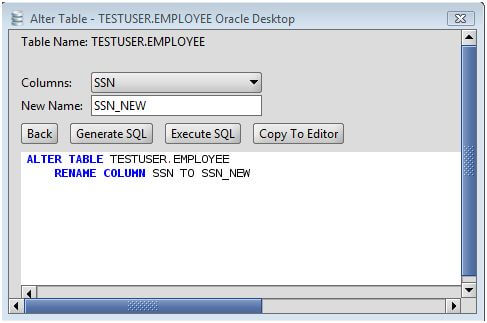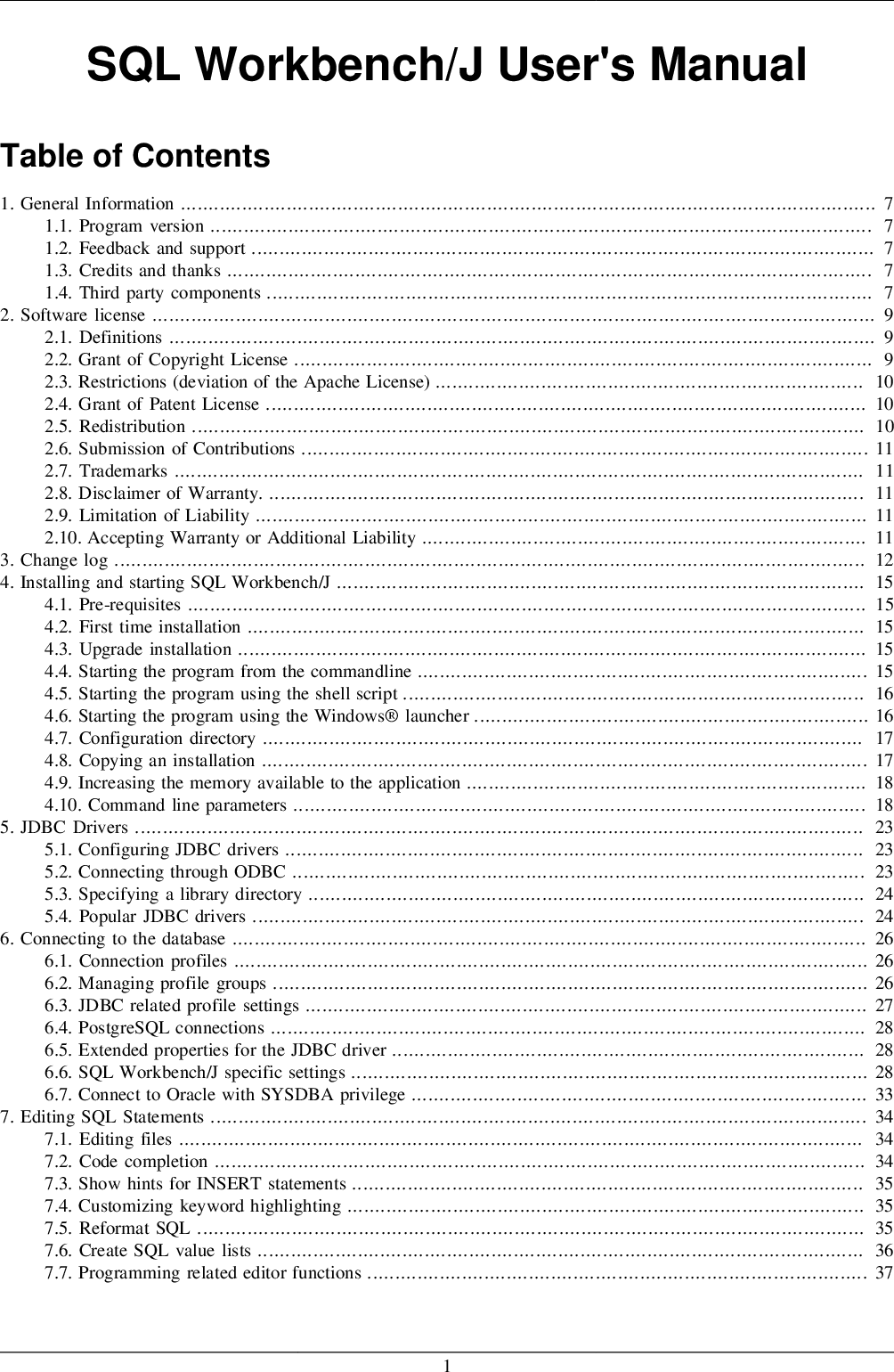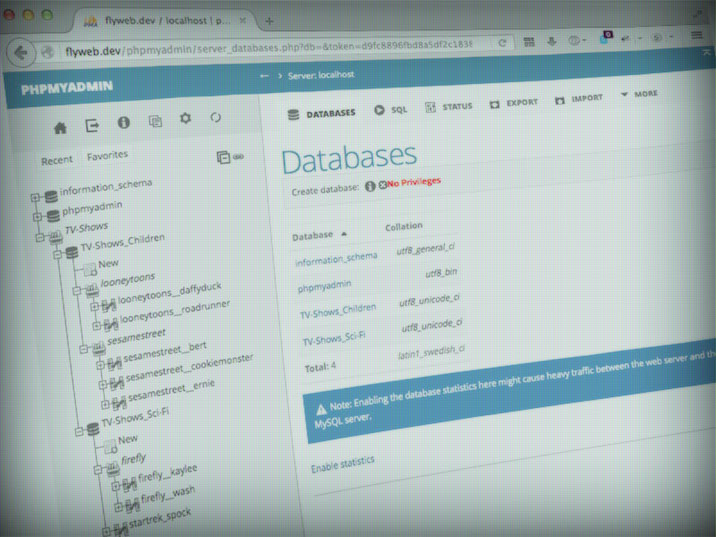

#Mac mysql server no user table update#
If you want to set a password for any user you can do that by forming and running a update query on the user table. The four privileges granted to this user are SELECT, INSERT, UPDATE, and DELETE on any table in the employees database (this database is referred to as emp in the following examples). 8) Select the mysql database by: use mysql and to view the tables for that database type the command: show tables 9) Now do a select from the user table to see the users. In all four examples, a new user named dbuser is created. Below are four examples of ways to set up this new user. Once logged in to MySQL, you will create a user called dbuser (the name is arbitrary) for the web application. (On some systems, the Command Prompt may be located under Accessories in the Start > Programs menu.)Ĭhange to the mysql\bin directory by entering the following commands at the command prompt: In Windows, open the command prompt by choosing Start > Programs > Command Prompt.
#Mac mysql server no user table mac os x#
Whether you install MySQL on a UNIX, Windows, or Mac OS X machine, you can use the command prompt window to administer MySQL. Note: Many third-party graphic interface utilities can help you visually manage MySQL databases however, this document uses the native MySQL command-line client.

The db table specifies the databases on the MySQL server that users are allowed to access, and this table is where most of the standard users' privileges are stored. Because privileges in the user table affect all databases on the MySQL server, usually administrators will have some Ys (yes) in the privilege fields while most standard users have only Ns (no). The user table stores information about who can connect to the MySQL server and whether the user has any global level privileges. This section discusses two of these tables: the user table and the db table. The mysql database contains six tables that store information about privileges.

The default installation of the MySQL database system contains two databases named mysql and test.


 0 kommentar(er)
0 kommentar(er)
